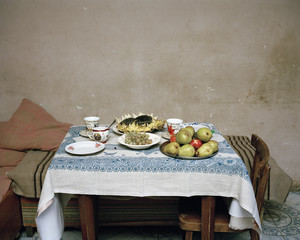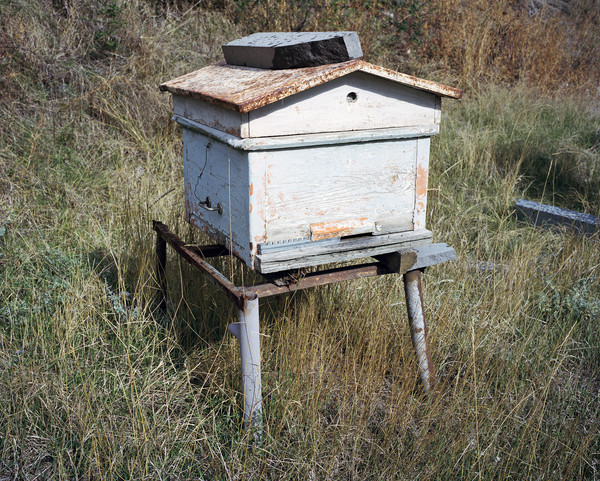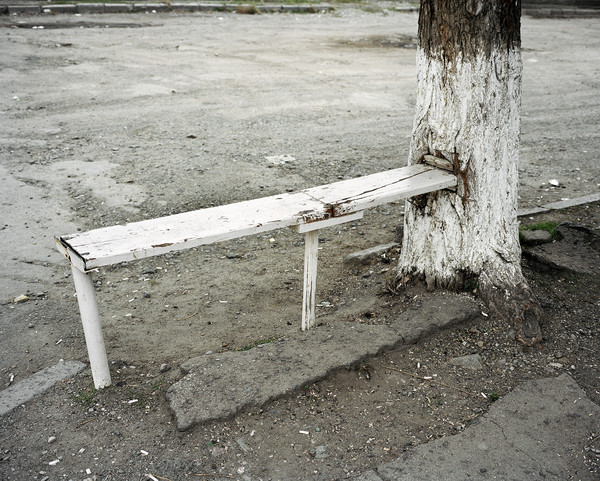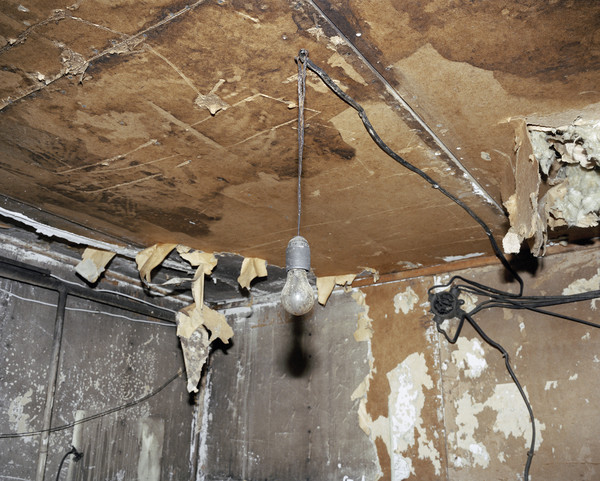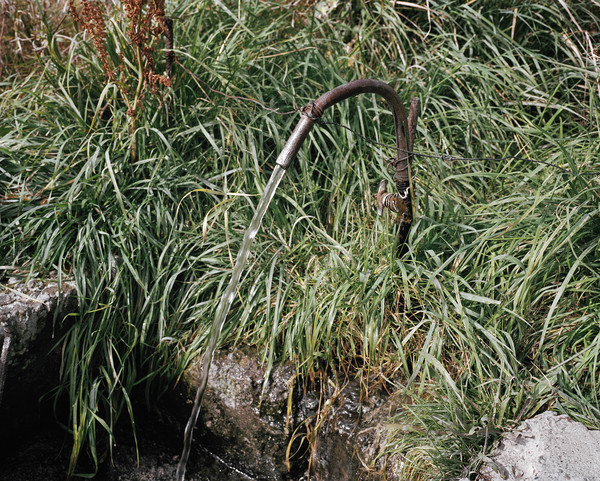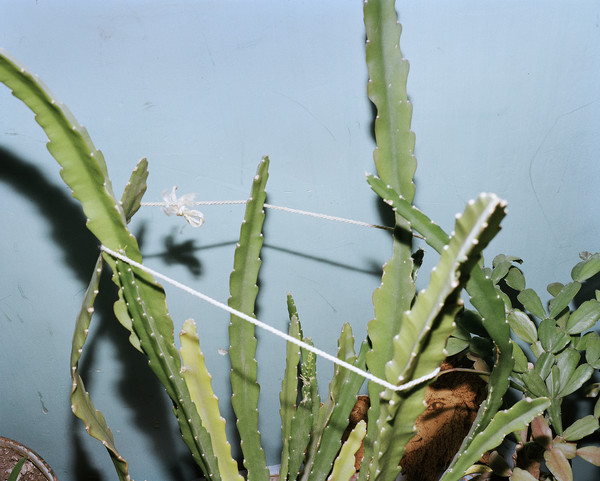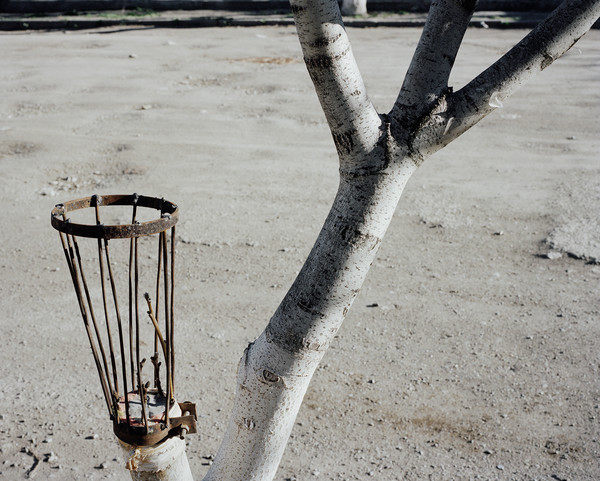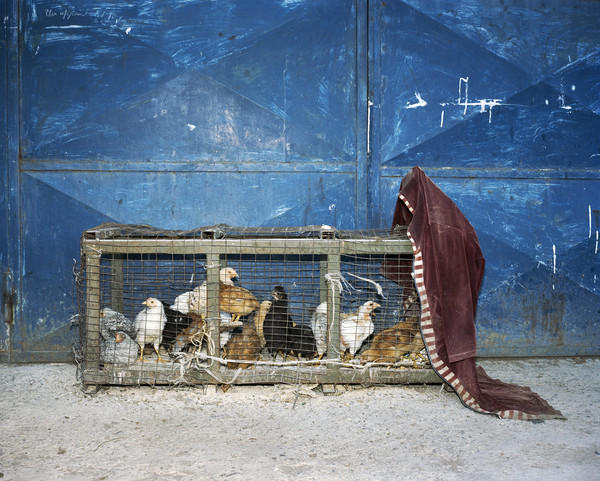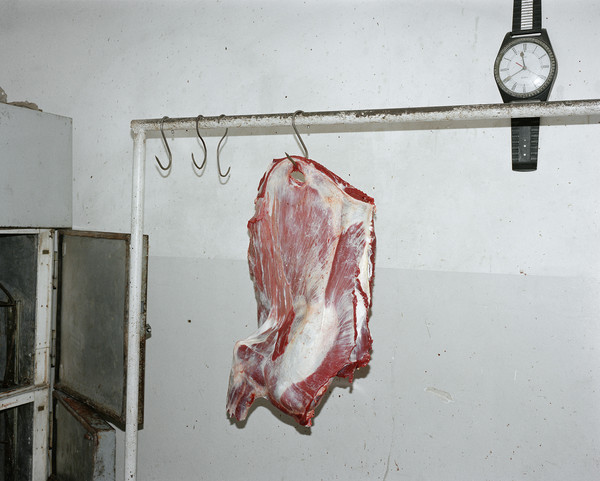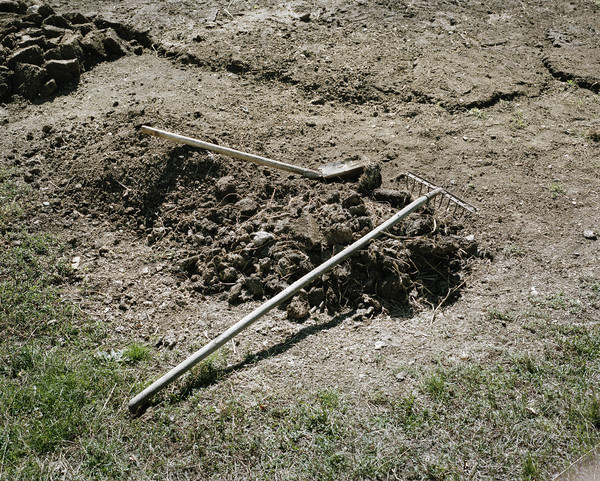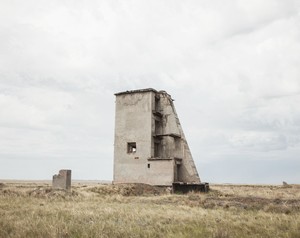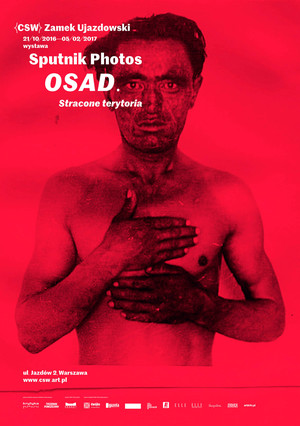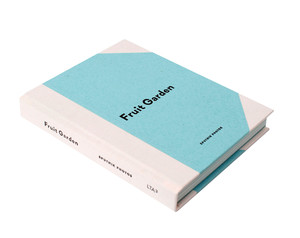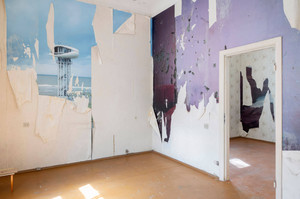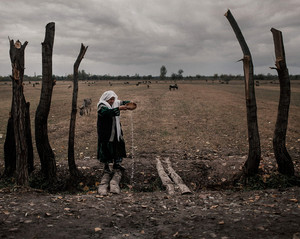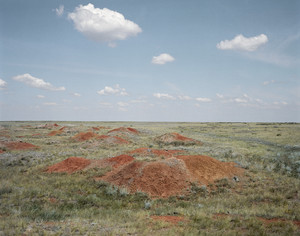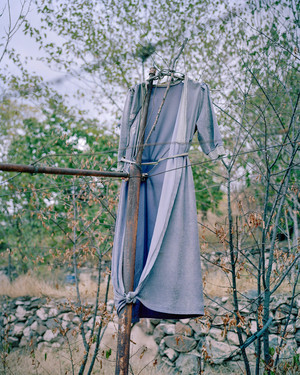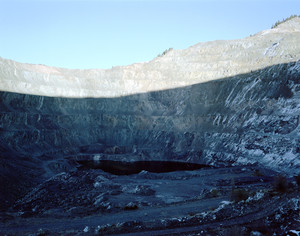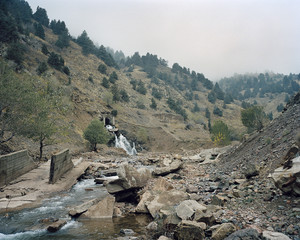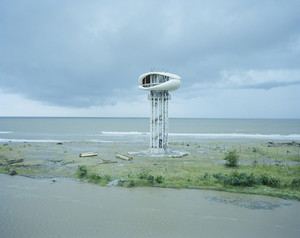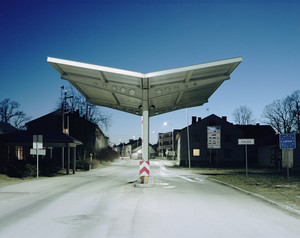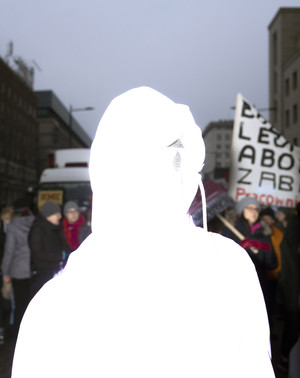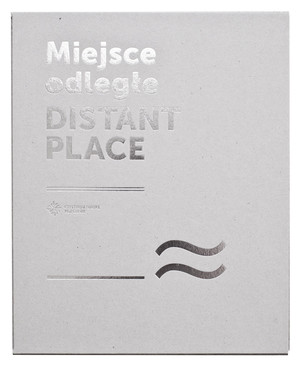11.41 2014 - 2016
The world started to crumble down on 7 December 1988 at 11.41 hours. 514,000 people lost their homes, 33,000 were wounded, 25,000 died, 917 public buildings were destroyed. The earthquake which struck Armenia that day affected 40% of its territory. 342 villages, 21 cities, 170 factories. It all lasted for 47 seconds. The magnitude of the earthquake was 7 deg on the Richter scale. Spitak was the most battered city – only one building survived, and one third of its population died under the debris.
Partly rebuilt, in a makeshift way, it keeps struggling with the memory of ‘the good old days,’ when a dozen or so factories gave its residents work and set the rhythm of life. It is unable to handle what came later, either.
The independent Armenia has never been able to rebuilt its city, and the people are still not able to shake off the trauma. Painful memories are passed on from parents to children.
The people who survived not only the earthquake, but also its aftermath, dug out their relatives, buried them, and now, every year, in early December, they visit their graves.
People of Spitak have lost everything and that’s the part of their identity. They’ve even lost their photograph albums. Most of the photos of Spitak before earthquake have vanished into the ruins. Portraits of men, women, children – and images of old Spitak - are engraved in stone. (Large gravestones with pictures based on atelier photography “drawn” in stone are typical way of presenting deceased's in the former Soviet Republics.)
11.41 seizes Spitak’s world ‘before’ and ‘after’. The project shows two perspectives: first is city after the earthquake, wounded, chaotic, still not rebuilt, and the second is mythology and rememberance of ‘the good old days’ clearly visible only on graves.
“11.41” was published as a photo text book with Filip Springer, a polish reporter and non-fiction writer.
